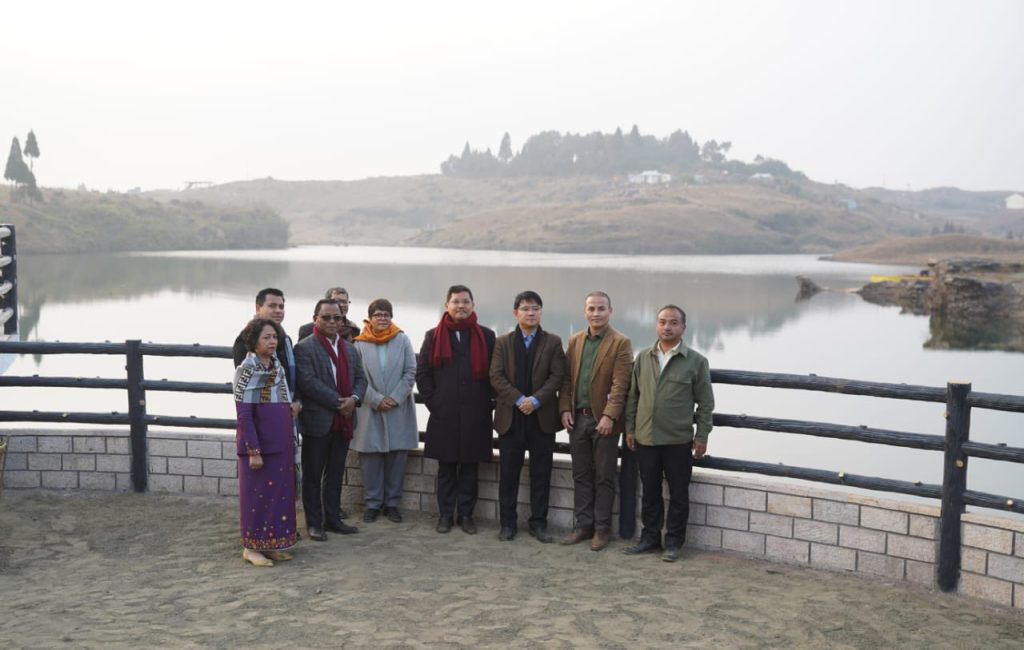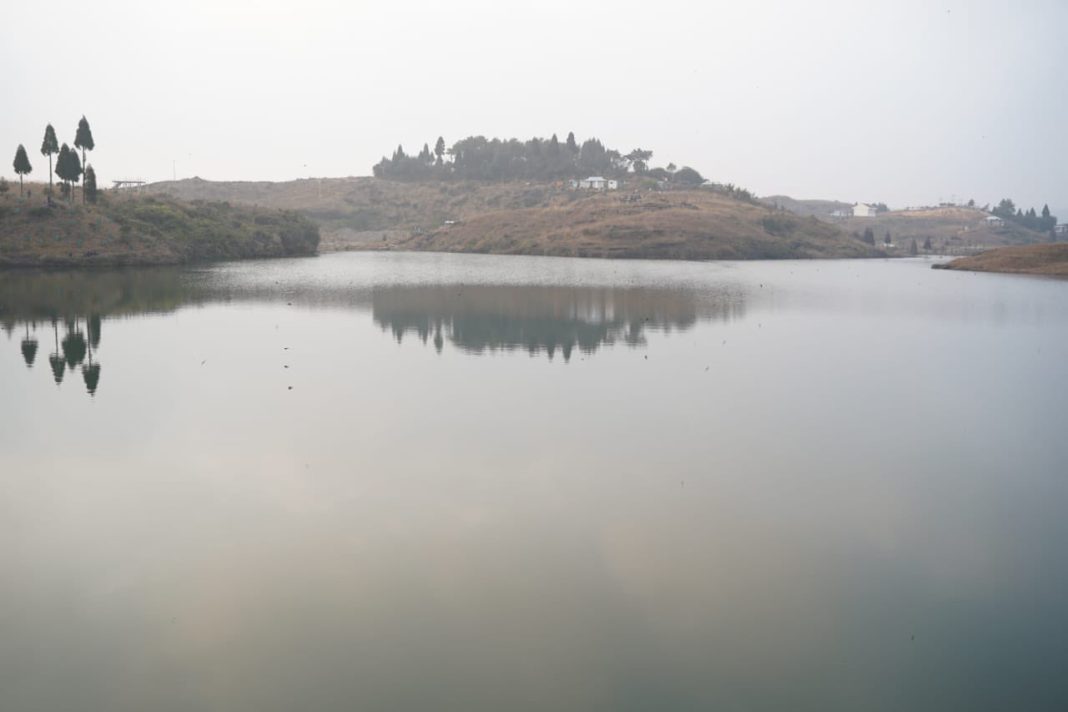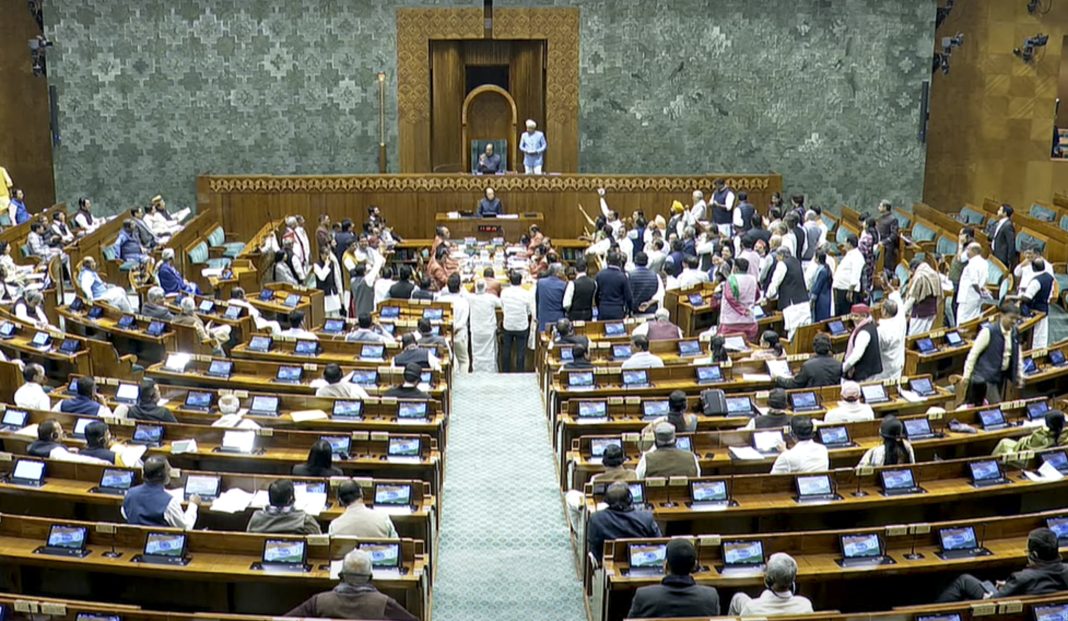Shillong, Feb 3: The Mawrah Multipurpose Reservoir Project in Meghalaya’s East Khasi Hills district has been recognized by the Economic Survey 2024-25 as a model for integrated water resource management and community-driven environmental conservation.
The project, designed to conserve rainwater, recharge groundwater, rejuvenate springs, restore degraded catchment areas, and rehabilitate mine-damaged land, is a significant step toward sustainable development in the state.
The Economic Survey mentioned several states that have undertaken other initiatives to manage water resources. The project in Meghalaya is one of them.
In 2024, Chief Minister Conrad K Sangma inaugurated the Mawrah Multipurpose Water Reservoir at a formal event in Mawrah, accompanied by Health Minister Ampareen Lyngdoh, PHE Minister Marcuise N Marak, and MLA Gavin Mylliem.

Sangma emphasized the government’s commitment to water conservation and reservoir development. “We will be investing approximately Rs. 400 crores over the next three years to build reservoirs across the state,” he announced.
Meghalaya retains just 4-5% of its rainwater, with the rest flowing into neighbouring states and countries. According to the Chief Minister, creating reservoirs is crucial for retaining more rainwater within the state.
Beyond water conservation, the reservoir is envisioned as a multi-purpose project promoting tourism, aquaculture, and farming activities.
Infrastructure upgrades are also underway, including black-topping the 25-kilometre stretch from Sohra main road to Khongtong village under the PMGSY scheme, expected to be completed by January 2025. “This road will not only benefit residents but also significantly boost tourism,” Sangma stated.
The reconnaissance survey and conceptualization of the project began in April 2021 with an initial budget of Rs. 1.50 crore, funded through NABARD-RIDF XXVI for FY 2021–22. Additional financial assistance came from the State Plan and Meghalayan Age Ltd. for infrastructure developments, including footbridges, approach roads, and boating platforms.
Engineered with an aesthetically pleasing arc-shaped dam for structural stability, the reservoir spans 7.7 to 8.0 hectares (approximately 19 to 20 acres) and reaches a maximum depth of 10.50 meters. It can store up to 528 million litres of water, sufficient to meet the water needs of multiple villages.
The reservoir has become a breeding site for native fish species and is attracting migratory birds, contributing to local biodiversity. Its multifunctional design aims to support community livelihoods through water-based employment opportunities and eco-tourism.




